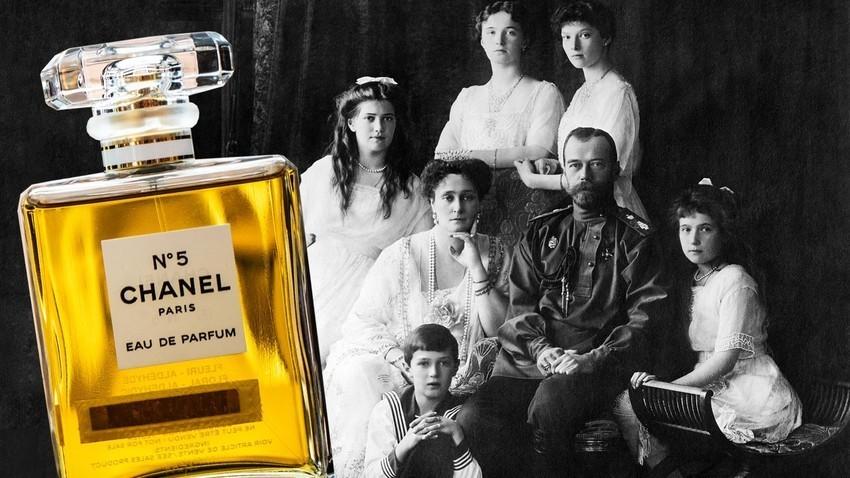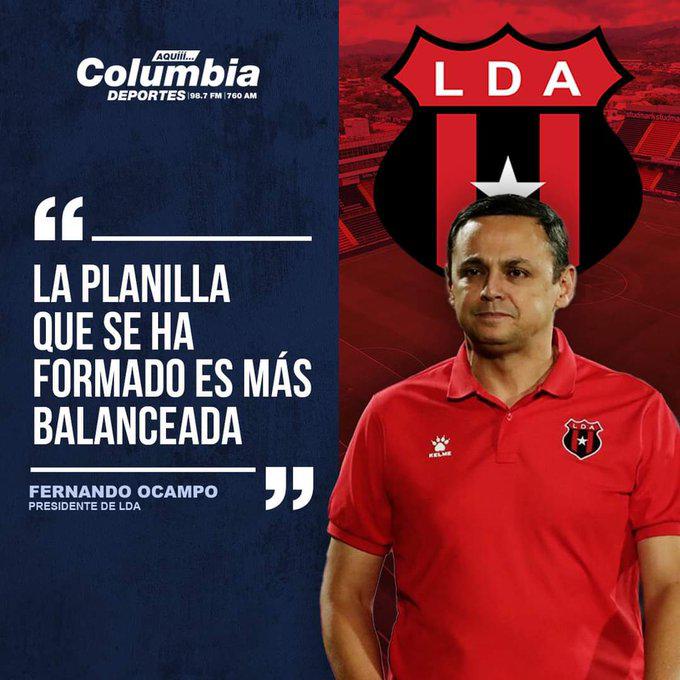What does Chanel No. 5 have to do with the Soviet perfume 'Red Moscow'?
No perfume was more popular in the Soviet era than ‘Red Moscow’.Like everything in the communist state, people decorated their homes in the same way, ate the same meals and dressed in the same way.Also, all Soviet women carried the same perfume.
"He filled the air in all the celebrations of the Soviet Union: at the Moscow Conservatory, at the Bolhói Theater, in the graduation and wedding ceremonies," writes the German historian Karl Schlögel in his book The Aroma of the Empire of the Empire.Chanel No. 5 and the Red Moscow, (translated by Jessica Spengler, Polity Publications, 2021).
Later, Schlögel also found this aroma in East Germany.And finally he learned that it was a perfume with the name of ‘Red Moscow’.Another Soviet emblem of the equality of the people, this perfume was the most widespread, and several generations of Soviet women, if they could afford to perfume, they only used this.
Coco Chanel's Russian nose
The Russian Dmitri Pávlovich and Coco Chanel
Dominio públicoIn 1920, Coco Chanel had a love relationship with a Russian prince of the Romanov family, Dmitri Pávlovich, who survived the Bolshevik revolution and left the country.It was a esthete and a hedonist (and at the same time participated in the murder of Rasputin).He presented Coco to Russian French perfume Ernest Beaux.
Beaux, who had been very successful while living in the Imperial Russia, had been hired to create for the Tsarist Court fragrances as famous as ‘Napoleon Bouquet’, which was prepared in 1912 to commemorate the centenary of Russia's victory over Napoleon.Another, ‘Bouquet de Catalina’, was created in 1913 to commemorate the 300th anniversary of the Romanov dynasty.
Ernest Beaux
Getty Images
Later, Beaux served in the Russian army and fought on the front of the First World War, but after the Bolshevik revolution he left the country.Exiled in France, his eventual encounter with Coco turned out to be fateful, because it was he who created Chanel No. 5.
Two French in Russia
En Rusia, Beaux trabajó para Alphonse Rallet & Co, que era la empresa de perfumería oficial de la corte rusa.At the same time, another talented perfumer, Auguste Michel, worked there.But in 1913 he left to work in Brocard, who was a competitor of Rallet and another official supplier of court perfumes.
Michel created a perfume for the Empress María Fiódorovna called Bouquet de l'Ampératrice (‘Empress aroma’).After the revolution, Brocard's family left Russia, but he decided to stay.
August Michel
Dominio públicoWhen the Soviet authorities nationalized all private and foreign companies, Brocard's was renamed perfume and soap factory No. 5, and in 1922 he received a new name, Novaia Tsaria (literally ‘New Dawn’).Michel became his boss perfume and in 1924 he launched the famous perfume ‘Red Moscow’.
#Actprep: Review How to use Punnett Squares!You May Need To Work with This Diagram to Solve A Problem On The Science Section.#Murraytips
— Murray Test Prep Fri Nov 08 21:19:11 +0000 2013
The main Russian and French perfumes are twins?
The history of Red Moscow is not clear one hundred percent, but some historians believe that the perfume is based on the bouquet of L'Ampératrice de Michel.However, Chanel No. 5 could also have emerged from the ‘Bouquet de Catalina’ of Beaux.
Russia fans have tried to relate both French since they worked together in Rallet.They may learn together to perfume and use the same methods and components.There is even an urban legend that says that Chanel nº 5 and the ‘Red Moscow’ are similar.
Regardless of the fact that its creators were connected in the past and used similar methods, they worked in Rallet.However, perfumes are different.When investigating the composition of each essence, Olfative researcher Daria Donina found several coincident components: Bergamota, Ylang-Ylang, Jasmine, Rose and Vanilla.
Marilyn Monroe posing with a Chanel bottle No. 5
Archivos Michael Ochs/Getty Images"But this does not mean that they are clones: the‘ Red Moscow ’has about 60 ingredients, while Chanel No. 5 to 80, and the concentration of each is unknown".Not to mention that even "rose" can mean anything "from an absolut of Grasse's rose to a combination of cheap phenylel alcohol, citrons and geraniol".
Chanel Nº 5 is a aldehydic floral fragrance, while ‘Red Moscow’ is a spicy chypre floral fragrance.
Different perfumes and different destinations
On the left: Set of perfumes ‘Red Moscow’.On the right: a woman in a Moscow perfumery choosing a perfume, 1958
Alexander Krasnov/TASS; Vasili Malishev/Sputnik“El Chanel No. 5 and 'Red Moscow' belong to different worlds, but both represent an exit from the beautiful epoque and a revolution in the world of fragrances, although both owe their creation to the anniversary of a dynasty aimed at falling,”Schlögel writes.
Chanel perfume bottles No. 5 exposed in the exhibition of the Institute of the Metropolitan Art Museum of New York
APThe coconut perfume became a world successful brand, but the ‘Red Moscow’ did not extend its aroma beyond the Soviet Union and the Eastern Block countries.Chanel Nº 5 is still considered a classic perfume, but ‘Red Moscow’ lost its popularity at the end of the Soviet era, and in modern Russia it has been absolutely unbalanced by other perfumes, despite having been relaunched in recent years.
Read more: What does Moscow smell like?
The copyright law of the Russia Federation strictly or partially copy the materials of Russia Beyond without having previously obtained written permission and not including the link to the original text.




